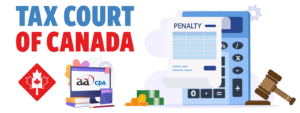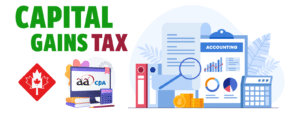Category Archives: Business
Canada Child Care Benefit or CCB
CCB: Our Guide to the Canada Child Care Benefit What is Canada’s Child Care Benefit? [Read More]
04
Oct
Oct
Tax Court of Canada Rules on Appeals
Filing an Appeal to the Tax Court of Canada If in the case that an[Read More]
22
Sep
Sep
Filing a Tax Return with a CPA
Why File Your Tax Return with a CPA? The governance of the CRA-CPA Canada Framework[Read More]
12
Sep
Sep
Capital Gains Tax in Canada
How Much Capital Gains Tax Do You Pay? A capital gain occurs when you sell[Read More]
01
Sep
Sep
Types of Trusts and T3s
Breaking Down the Types of Trusts Available in Canada When filing a T3 trust return,[Read More]
25
Aug
Aug





